Registering a patent is a real investment for a company. By protecting an innovation, you gain control over its exploitation. An invention can be exploited by your company, or by another in exchange for a remunerated license. Above all, a patent is an industrial property title that allows you to defend yourself in the event of infringement! However, the procedure is wrongly seen as being prohibitively expensive. YesMyPatent.com provides real advice on how to lower the cost of patenting for your business.
1 – Call on the right professionals
An Industrial Property Attorney is the real expert who can help you protect your industrial property. Not only is he competent in patent law, to represent and defend you before the INPI, but he also has a technical specialization (engineer, doctor). To save time and get the best possible follow-up, ask for the services of a CPI expert in the technical field of your invention!
2 – Ask for a fixed price
To make sure you don’t end up with a hefty bill, ask for a budget when you first contact us, and get a fixed price. This will give you a clear idea of the financial investment you need to make, so you can plan your cash flow accordingly.
3 – File your patent application at the right time
The most costly outcome is undoubtedly the rejection of the patent application. To make sure you file at the right time, check whether your idea meets the main patentability criteria. Use our free questionnaire on our “Protect my invention” page! It’s a no-obligation online tool that lets you find out in just a few clicks whether your invention is eligible.
4 – Recover tax credit on your patent
When calculating your patent costs, don’t forget that you’ll be able to get tax credit in return. Patent costs are eligible for research tax credit (CIR) and innovation tax credit (CII).
CIR vs CII
– The CIR recovers 30% of R&D-related expenses. The 4 main items of expenditure taken into account are R&D staff salaries, subcontractor invoices, depreciation allowances and industrial property costs.
– The CII allows you to recoup 20% of yourinnovation-related expenses. Here again, we find the same 4 expense items: salaries of innovation staff, subcontracting, depreciation and amortization, and industrial property costs.
As you can see, to qualify for the CIR or CII, you need to be involved in R&D or innovation. There is one exception to this rule: patents.
Even if you’re not involved in R&D or innovation, patent expenses alone are enough to qualify for the research or innovation tax credit (except in the case of patent acquisition, where RDI work is required). We therefore advise you to declare your patent expenses as CIR, as the system is more generous.
Better still, you can recoup 30% of your expenses at 4 different stages in the life of your patent (in particular on the fees paid to the patent attorney).
To find out about all the intellectual property expenses eligible for the tax credit, read the article on self-and-innov.fr, the platform dedicated to the CIR-CII-JEI innovation tax system.
